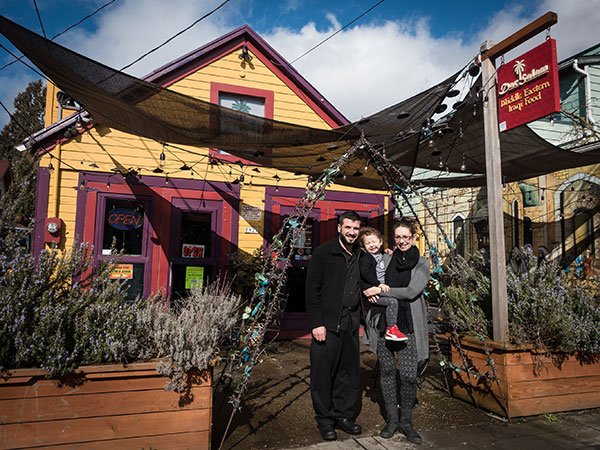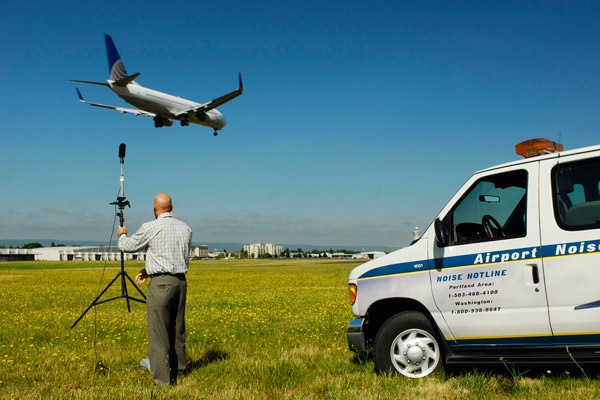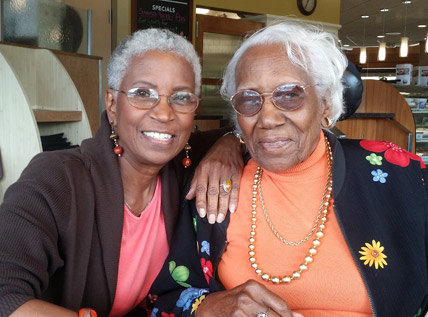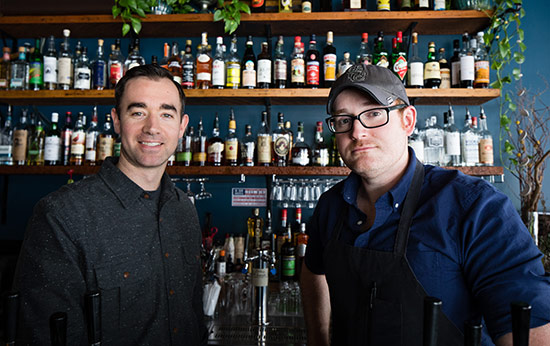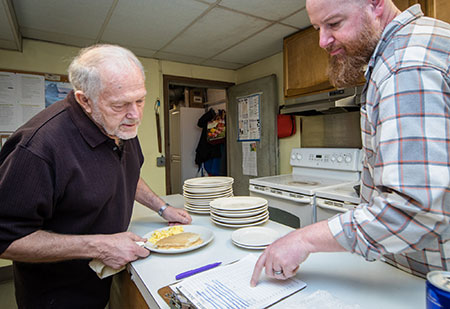
Dining Out for Life (in Concordia)
Thursday, April 27
Dine out at one of seven Concordia restaurants Thursday, April 27, and you can make a difference in the lives of people with HIV and AIDS.
The businesses are among 35 restaurants in Portland and 3,000 across North America donating a portion of their April 27 proceeds to Dining Out for Life. That nonprofit organization distributes the funds to 60 outstanding HIV/AIDS service organizations, including two in Portland.
One is Concordia’s own HIV Day Center and the other is Partnership Project.
The seven closest restaurants are:
- Bison Coffeehouse
- Extracto Coffeehouse
- Extracto Roastery & Coffeehouse
- McMenamins Kennedy School Courtyard Restaurant
- P & Q’s Market
- Peter’s Bar & Grill
- Red Sauce Pizza
Portland is in its ninth year participating in nonprofit Dining Out for Life which, across North America, raises about $4 million each year.

